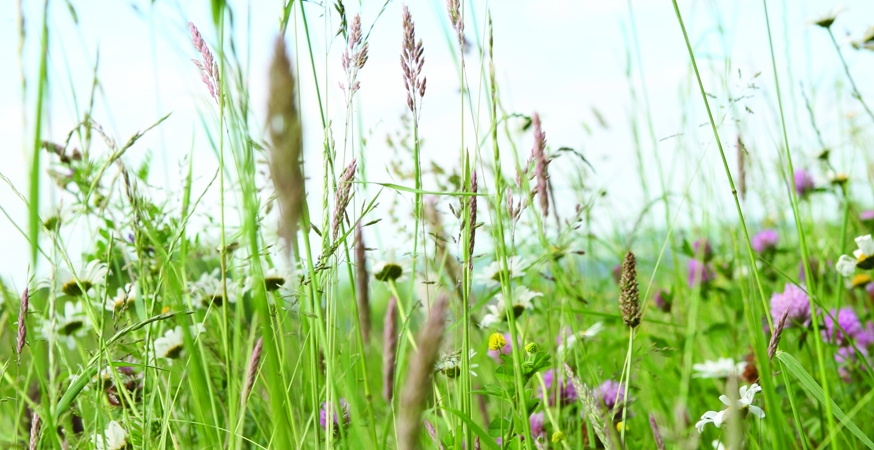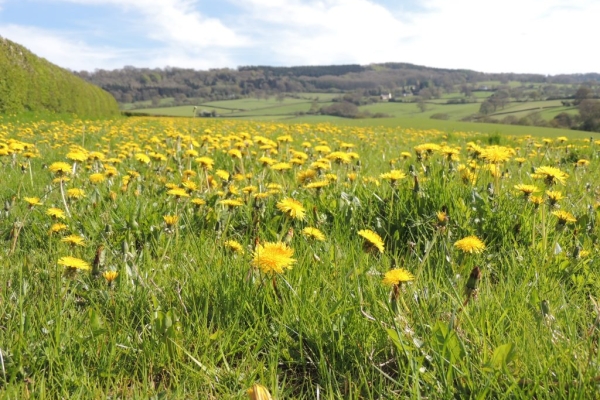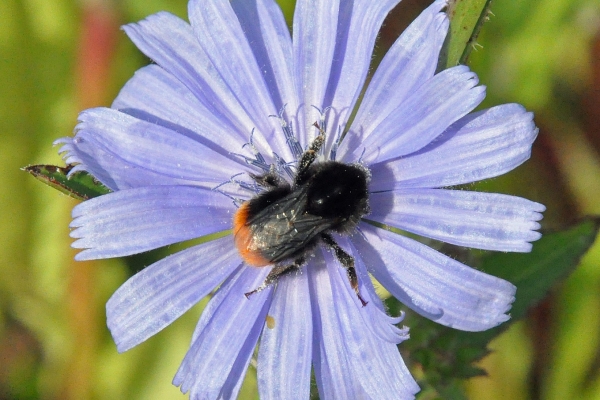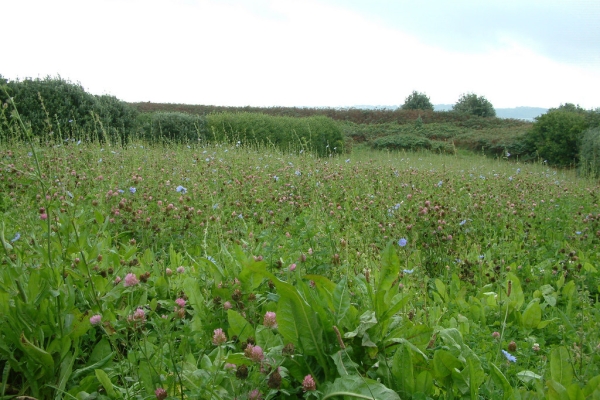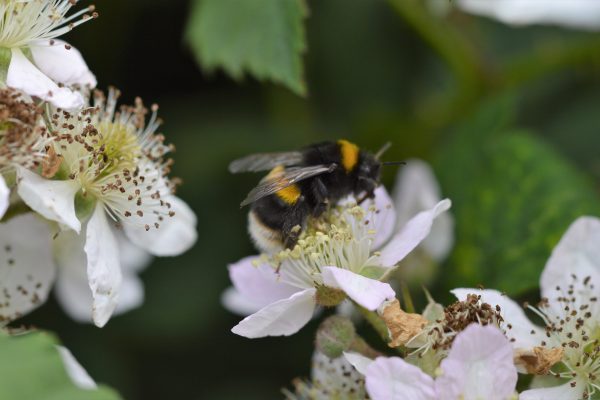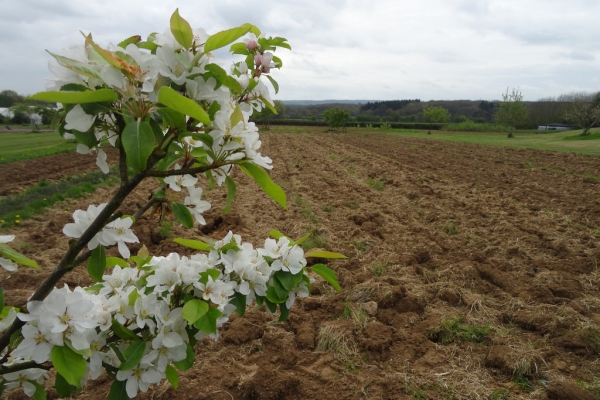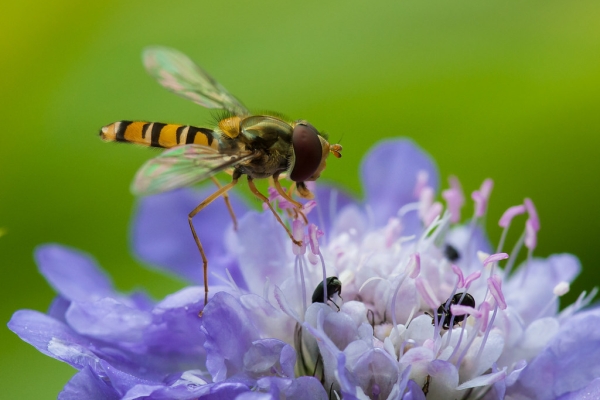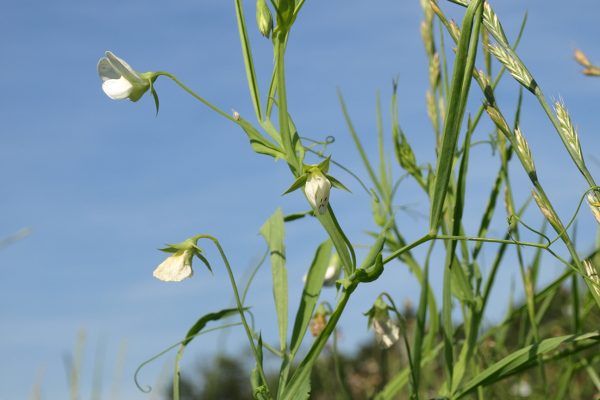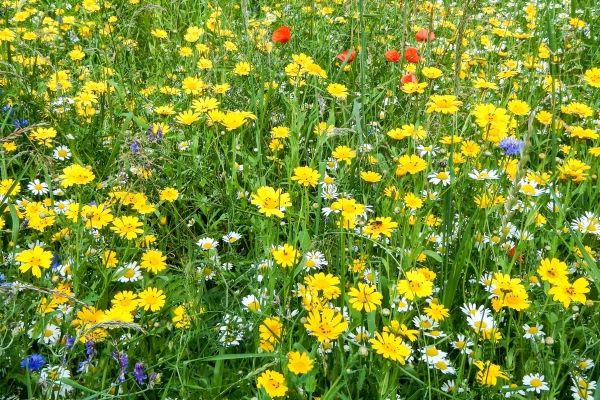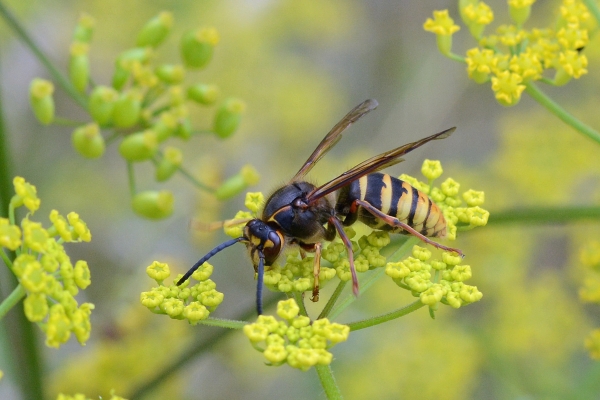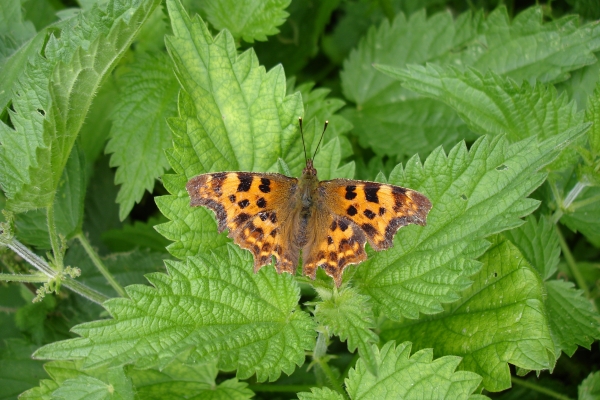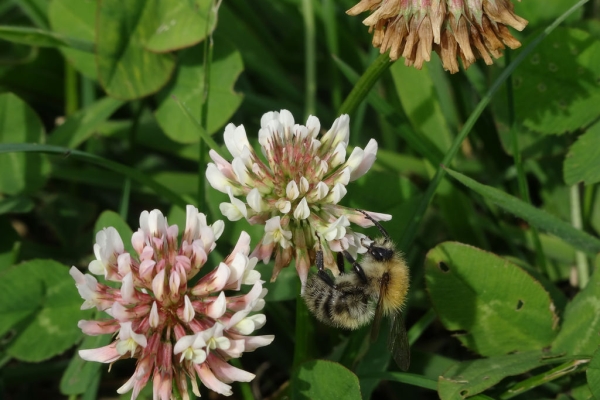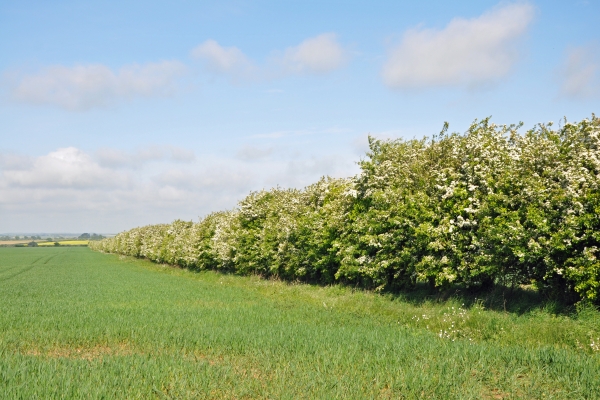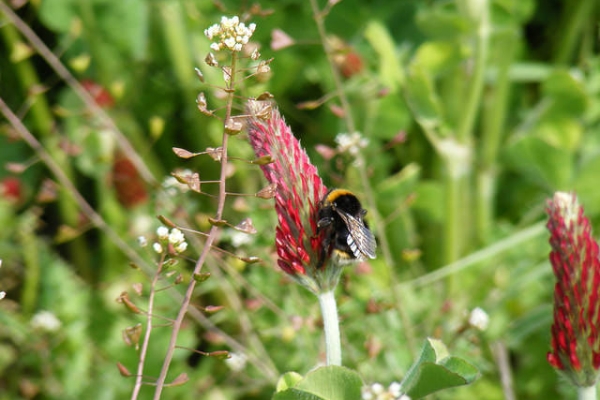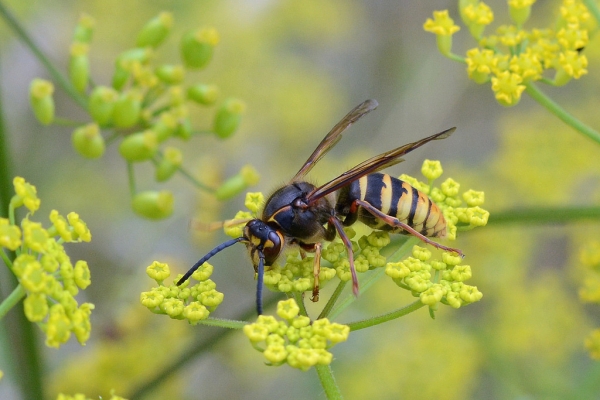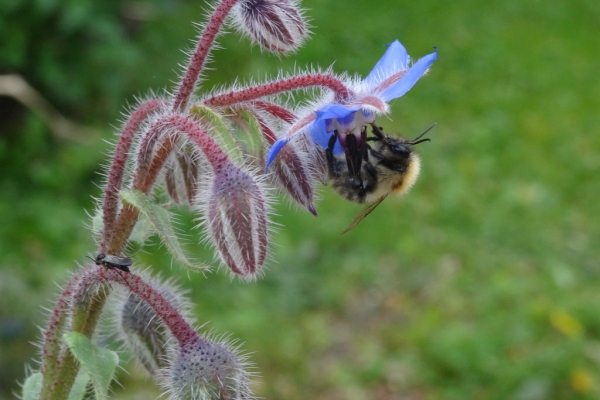Managing farmland for pollinators
Resource explained
Bees and other pollinators are essential for food production and maintaining ecosystem balance but they face a wide range of environmental pressures. This document, funded by the Welsh Government, provides easy to follow guidance on some simple steps that can be taken to help encourage wild pollinators on farmland.
After a short introduction on what we need to do to help halt declining pollinators, we are given some guidance on key actions that can be carried out to help improve conditions for pollinators on agricultural land, providing more flowering plant species and larger and better connected habitats. Whilst directly relevant to Wales, the actions can be applied throughout the British Isles.
The information is divided in to the areas of grassland, hedgerow and woodland management, arable, other habitats, and spraying pesticides, with a ‘Useful links’ page also included.
Findings & recommendations
- Bees and other pollinators are essential for our food production and the balance of our plant and animal life but they face many environmental pressures such as intensification of land-use and habitat loss and fragmentation.
- To help them you need to manage your land in ways that will reduce fragmentation of their habitats and enable the habitats to connect, as well as providing different types of habitat and places to nest, breed, hibernate and produce forage. You can also reduce cutting and grazing of fields and hedgerows and grow plants that supply pollen and nectar as well as larval food.
- You can improve how you manage grassland in many ways such as rotating grazing to allow fields to flower and set seed and leaving areas of scrubland without mowing or ploughing rough grass.
- Integrated Pest Management (IPM) techniques should be practiced when using pesticides. Alternative means of control should always be considered where possible. You should monitor crops regularly and use pest thresholds to determine the need for plant protection measures. If you do need to use a pesticide, there are instructions on ways in which you can cause the least harm to bees and pollinators.
